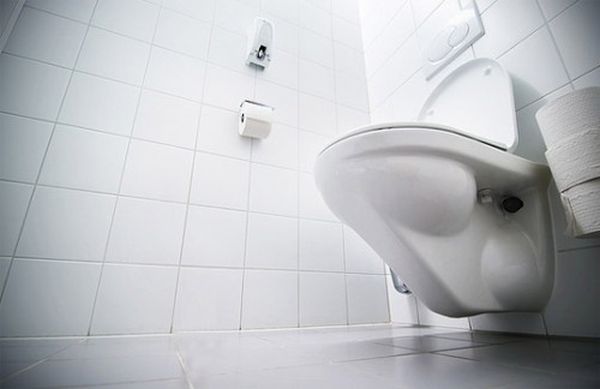Sanitation And Survival: Dealing With Human Waste
Any scenario that will slow or halt the power grid means a serious lack of medical issues or access to care. Crucial aspects of survival sanitation is going to be proper disposal of human waste. Depending on where you live and the situation, you have several options:

